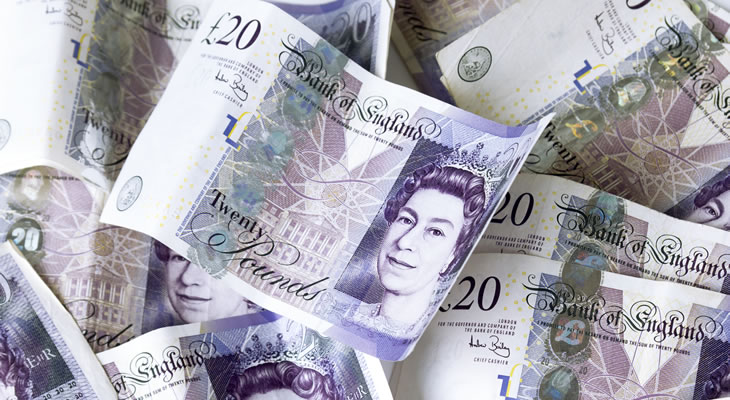As the formal start to the Brexit process fast approached the Pound came under renewed pressure across the board.
While markets remain hopeful that politicians on both sides of the Channel will adopt a softer line of rhetoric a sense of uncertainty looks to persist.
Although the government has shown signs of backing away from its threat to walk away from negotiations without any deal the ultimate outcome of the process remains far from clear.
As Sarah Hewin, Chief Economist at Standard Chartered, noted:
‘The two sides have different views about the sequencing of talks, and negotiators could quickly run into an impasse over the cost of the ‘divorce settlement’. The UK hopes for swift agreement on a free trade deal, while the EU expects this process to be lengthy.
‘Even if the Brexit terms can be agreed in principle, the two sides may not see eye to eye on the terms for a transition period or ‘implementation phase’ between the end of the UK’s EU membership and the start of a free trade agreement (FTA).’
With political tensions also rising over the prospect of a second Scottish referendum Sterling is likely to maintain its bearish underlying trend.
Further pressure could mount on the Pound US Dollar exchange rate if signs continue to point towards a weakening in domestic confidence and consumer spending.
Both February’s net consumer credit and mortgage approvals figures are expected to show a dip on the month.
As much of the economy’s resilience in the wake of the Brexit vote has been attributed to strong levels of consumer spending any indications of softening sentiment could weigh heavily on the Pound.
Market disappointment over the Trump administration’s failure to drive through its healthcare bill started to ease on Tuesday, meanwhile.
Even though there is still a question mark over the likelihood of Trump’s promised tax cuts and infrastructure spending materialising demand for the US Dollar began to pick back up.
The Conference Board consumer confidence index was found to have unexpectedly surged in March, rising to its highest level since December 2000 at 125.6.
Coupled with a better-than-expected advance goods trade balance this offered a reminder of the strong fundamentals of the US economy.
While Federal Reserve policymakers maintained a more cautious view over the pacing of further interest rate hikes this was not enough to keep the GBP USD exchange rate on a stronger footing.
If US data continues to surprise to the upside, though, markets are likely to raise the odds of the Fed pursuing a faster course of monetary tightening over the course of the year.


Comments are closed.